Electro Pneumatic valve Positioner is used to control the valve stem position from open to close position or vice versa.
A simple design and concept equals a simple operation of these components:
- A pneumatic positioner
- A manifold coupled I/P converter
Electropneumatic valve Positioner
Image Courtesy : Valve Accessories
Supply pressure up to 145 PSI is connected to the supply port of the unit (marked S on the gauge block side), and the actuator ports (marked C+ and C-) are connected to either a double or single acting (spring return actuator-rotary or linear) actuator.
The C+ port is the positioners opening port.
An instrument signal (generally 4-20 mA) is then connected to the I/P connection block. The pneumatic Ip port (located on the ¼” porting side) should be plugged.
With no electronic signal on the unit, the positioner is stable, but no actuator movement has occurred.
The I/P is directly coupled with the pneumatic positioner; either internally mounted our externally mounted (EX and FF units) with a custom designed adapter.
Air supply for the I/P (up to 145 psi) is provided through the positioners supply port. The I/P converter will convert the 0-10V DC signal to a 3-15 psi signal sent internally to the positioner diaphragm.
A voltage change causes the I/P to respond and sends a pneumatic signal (internally) to the positioner diaphragm, causing the diaphragm to move and the spool valve (air shuttle valve) to move, sending air to the actuator.
As the actuator moves, feedback to the positioner is provided through the actuator linkage and the positioner spindle/cam assembly.
As the actuator moves the spindle/cam rotates and turns to the desired “set point” based on the mA input signal. Once the set point is achieved a steady state position is maintained, and the supply air is “balanced” between ports.
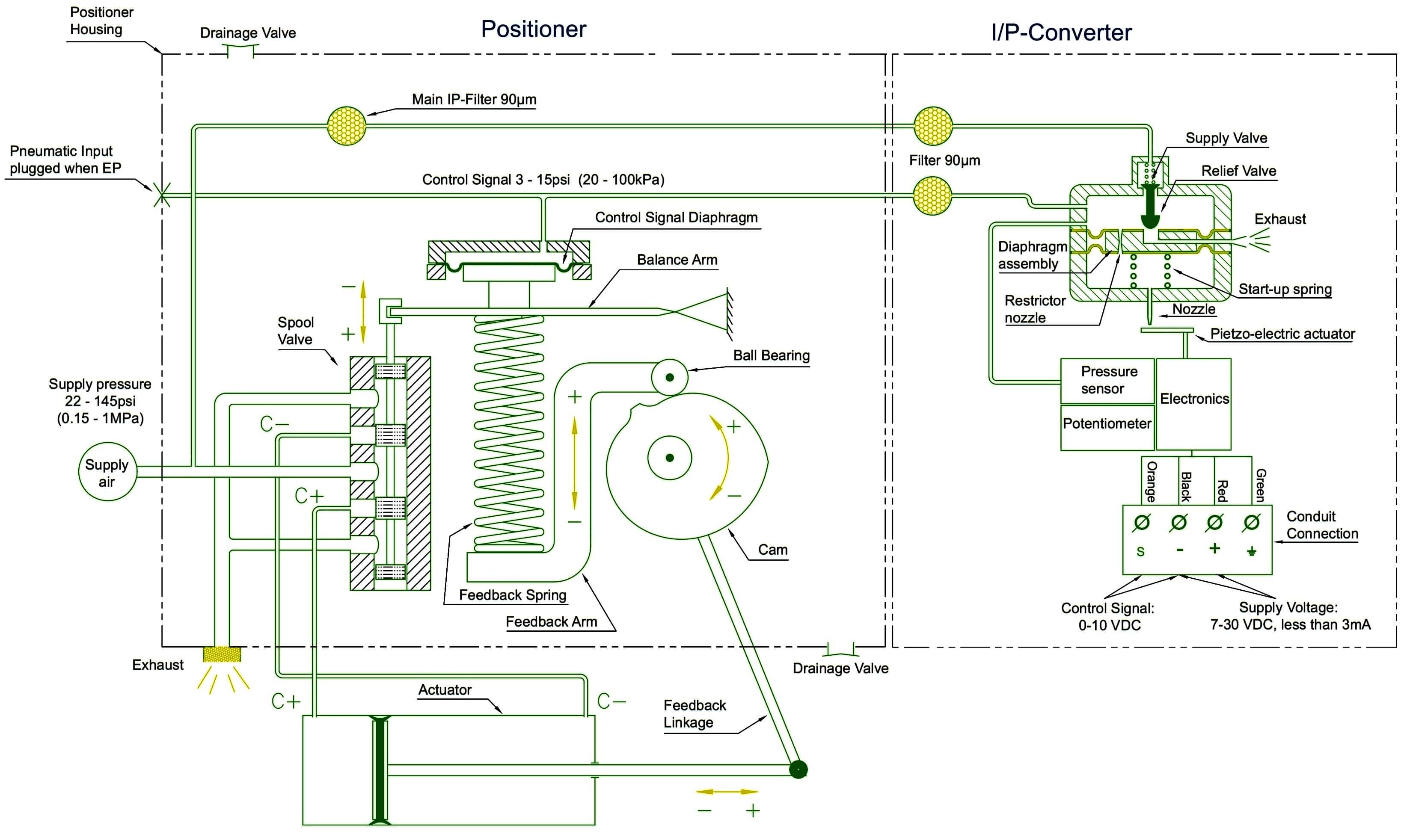
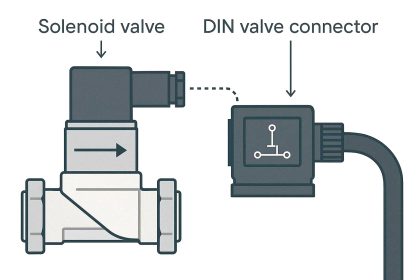
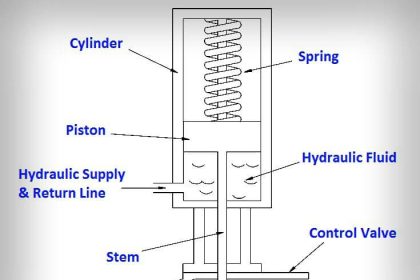
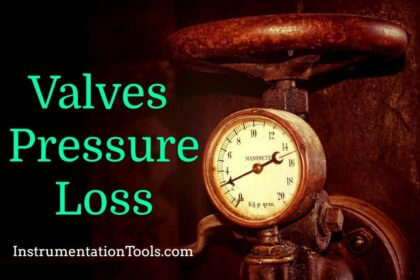
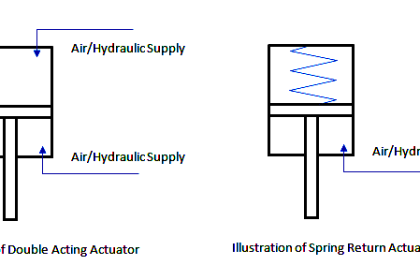
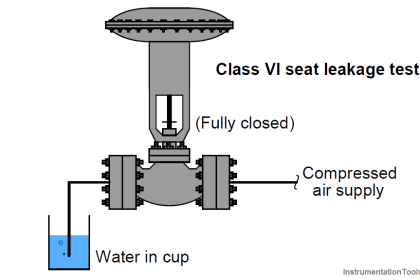

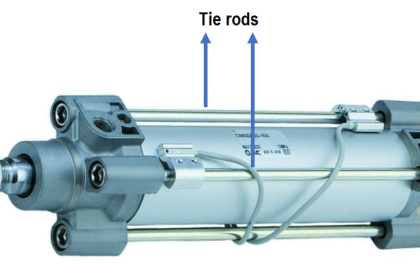
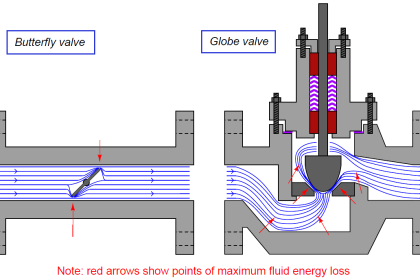
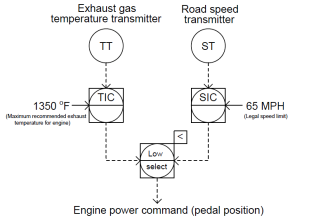
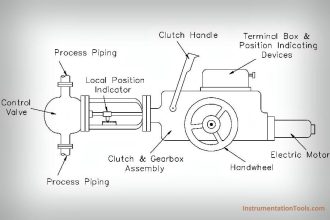
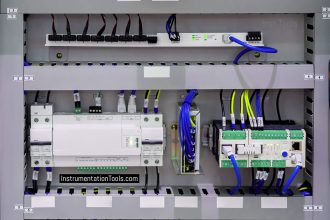
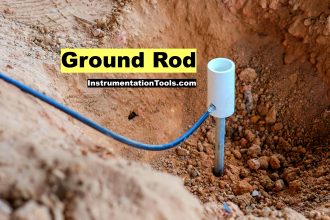



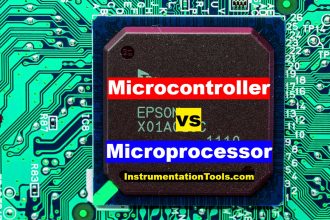

In general almost all your articles are impressive. As a past practitioner and present trainer of process Instrumentation I have gained by seeing some of the articles on instrument tools. There are a few areas specifically in process analytics and signal communication I may have something to offer.
Nice to know that you are also BITS Pilani alumni like me. I passed out ME Electron Microwave Devices in 1972